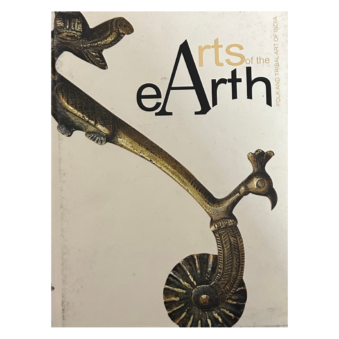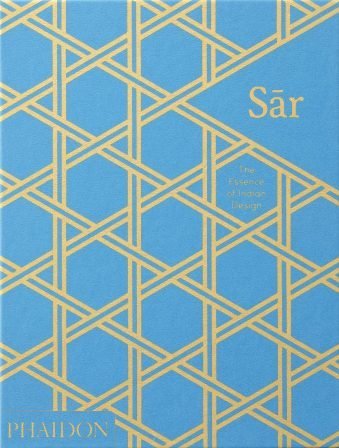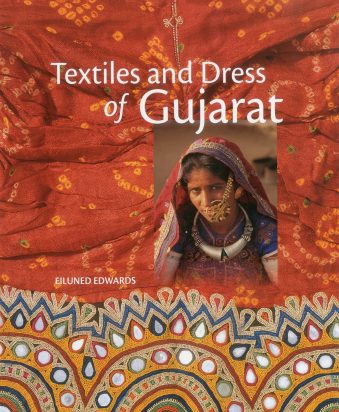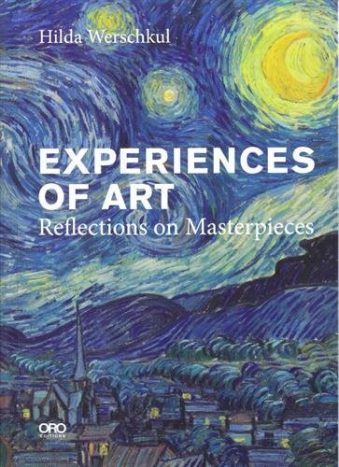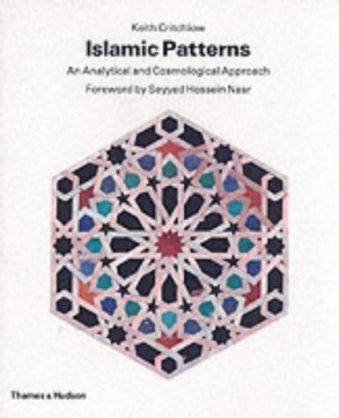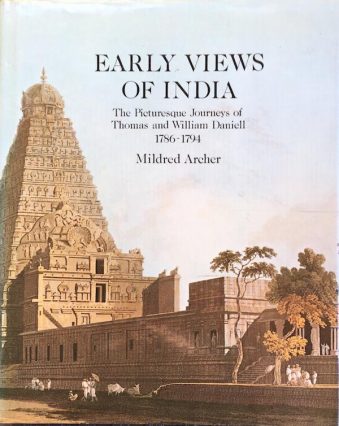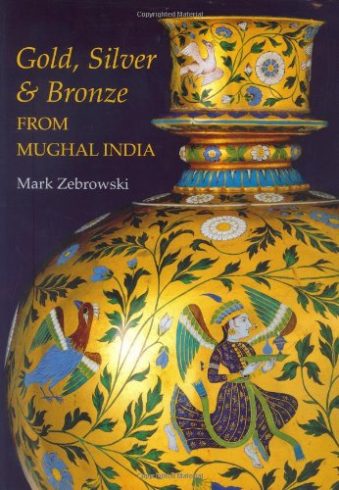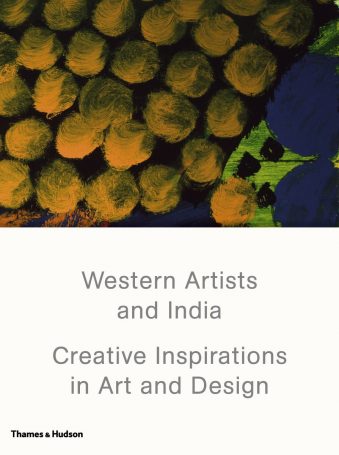- Empty cart.
- Continue Shopping
INDIA & PORTUGAL CULTURAL INTERACTIONS , MARG HARDCOVER,2001
₹9,436.00
Publisher : Marg Foundation (2001)
Language : English
Hardcover : 156 pages
ISBN-10 : 8185026548
ISBN-13 : 9788185026541
1 in stock
arting with the earliest travellers in the 16th century, this volume reviews the cultural legacy of five centuries of Indo-Portuguese contact. Two of the chapters discuss rare manuscripts in Portuguese and Dutch which document the customs and traditions of the people of 16th-century India, particularly Goa. The evolution of Goan church and temple architecture, the typical houses of Goa, and the development of the characteristic covered porch or balcao are examined in detail, as are the richly carved chairs of Indo-Portuguese style. Essays on the Portuguese tenure on the Kerala and Bengal coasts are included. Also documented are the traditional Goan dance-song, the Mando, and the rich culinary heritage for which Goa is justly famous.
Jose Pereira is Professor Emeritus of Theology, Fordham University, New York. He has contributed to Marg volumes on Goa in the past, and has recently published Baroque Goa: The Architecture of Portuguese India (New Delhi 1995), Baroque India: The Neo-Roman Religious Architecture of South Asia, A Global Stylistic Survey (New Delhi, 2000), and (with Micael Martins) Song of Goa: Mandos of Yearning (New Delhi, 2000). His book Churches of Goa is in press.
Pratapaditya Pal is the General Editor of Marg. An internationally eminent art historian, he is also Fellow for Research at the Norton Simon Museum in Pasadena, California, and Visiting Curator of Indian and Southeast Asian Art at the Art Institute of Chicago. Author of over fifty books and exhibition catalogues, he is the most prolific writer in the field.

